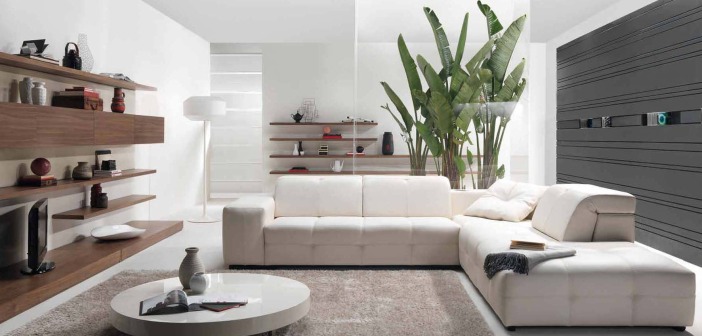Home interior pieces created by iron design craftsmen are evidence of designers and home owners seeing the beauty and artistry in a craft that was on the verge of extinction. Demand coupled with the love of those who learned the craft and believed in its importance revived artisanal metal work. Wrought iron, for example, means “worked” iron in Old English. The iron is heated in a forge and worked into shape. The iron is placed in hot coals to bring it to an almost white heat— a working heat.
By contrast, ornamental iron does not employ any heating or forging. According to Vermont Industries, “It uses thin, flat scrolls that appear like bent wire. It does not have sculptural dimension and interest. Occasionally, some cast iron may be included in an ornamental piece.” The artistic value of wrought iron and the love of the craftsmen for their work stimulated the desire for authentic pieces that invite people to a space with grace and beauty.
Wrought iron is trending now as it can be used in a variety of styles and with many materials. While it is no longer produced on a large scale, it is made by individual iron craftsmen. Salvaged pieces are also popular. The ironwork in Victorian homes was very intricate and often used in combination with decorative tiles. The detailed wrought iron gates and railings of the Victorian period were a mark of prestige. These designs are found in traditionally decorated homes now and welcome visitors to the spaces with creative flair.
More simplified designs are used in modern and contemporary homes as a contrasting element. Wrought iron complements wood in many ways. The sleeker modern look in furniture is paired well with a few wrought iron embellishments of simple detailing. Rustic wood and logs work well with some bolder wrought iron designs. Wrought iron railings and accent pieces with the appropriate pattern lend elegance to porches, terraces and balconies in any style home, but especially suit the Mediterranean style residence.
The mixed metal look is popular in interior design. Brass and gold are in demand, particularly in softer, burnished tones. Look for them in accessories such as table lamps, chandeliers, a statement table sculpture or large vase. As well, the handmade look is in vogue. Home owners desire hand-carved, forged and assembled metal materials. Flaws and imperfections in metal, wood, concrete and textile pieces lend character and charm.
A trending style from the midcentury modern period, Brutalism, incorporates hand-forged metal in some pieces. From the French word for “raw,” Brutalism employs earthy color palettes, abstract forms and rough textures. Pieces in the Brutalist style are having a renaissance perhaps in part from display on the sets of hit television show, “Mad Men,” and the movie, “American Hustle.”
While some Brutalist furniture and decor are antiques, such as a lamp with an elaborate patchwork steel base offered on an antiques website, current designers are crafting Brutalism inspired work. Kelly Wearstler’s Elliott chair is called a “sexy mix of curvy bronze and exotic fish leather.” James Bearden (Studio Van den Akker) blends architecture and function with his blackened steel Skyscraper floor lamp. Arteriors is known for creating pieces in the Brutalist style. Spherical slabs of forged iron shape the base of its industrial-elegant Potter lamp. A thicket of welded iron sticks takes shape in the Ecko lamp, while metallic circles and squares embody the Ulysses and Monty pendants. Hand-cut, gold-leafed iron shards create the kinetic arrangement that is the Payne chandelier.
Iron design craftsmen infuse their pieces with the love of their craft and their love of beauty. People are drawn to such craftsmanship. Choosing memorable home interior is about connecting with each piece and welcoming it into one’s own space.
Other References
https://upload.wikimedia.org/wikipedia/commons/d/dd/Wrought_iron_railings%2C_Omagh_-_geograph.org.uk_-_1723977.jpg
Ingram, C. W. (2004, 10). Ironing out the wrinkles. Casual Living, 44, 36. Retrieved from http://search.proquest.com/docview/217115656?accountid=9819
Lovett, J. (1995). Forging ahead: Blacksmith shapes his dream with wrought iron. The Greater Baton Rouge Business Report, 13(19), 32. Retrieved from http://search.proquest.com/docview/220656662?accountid=9819




